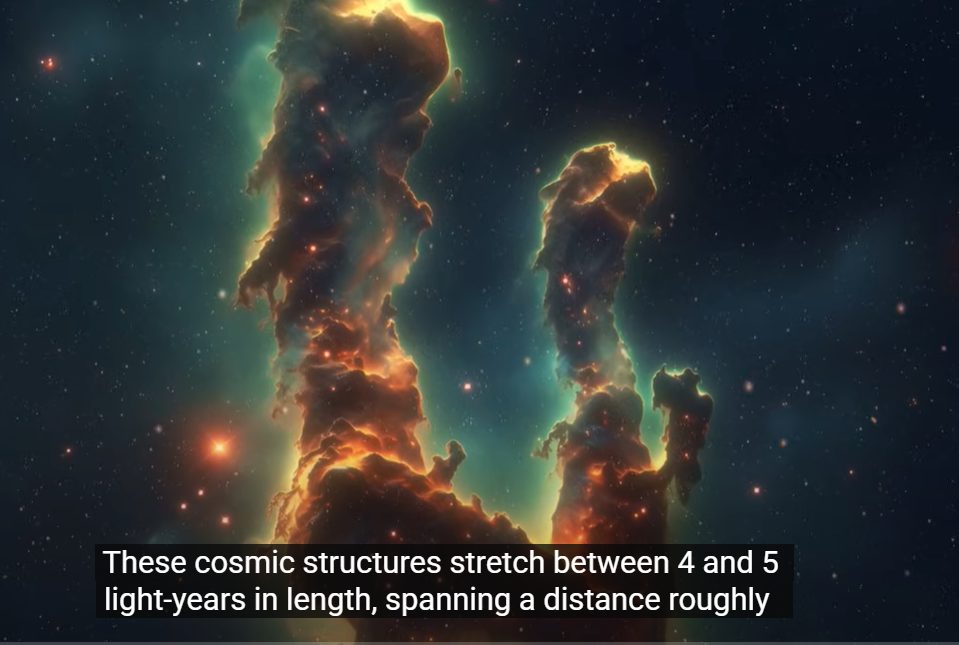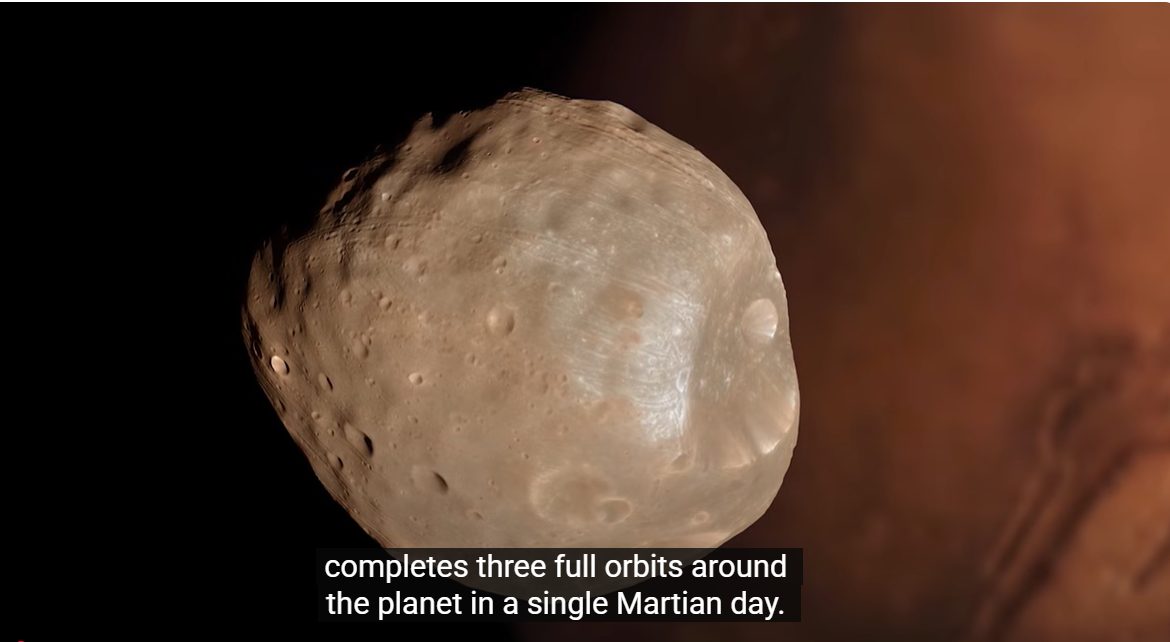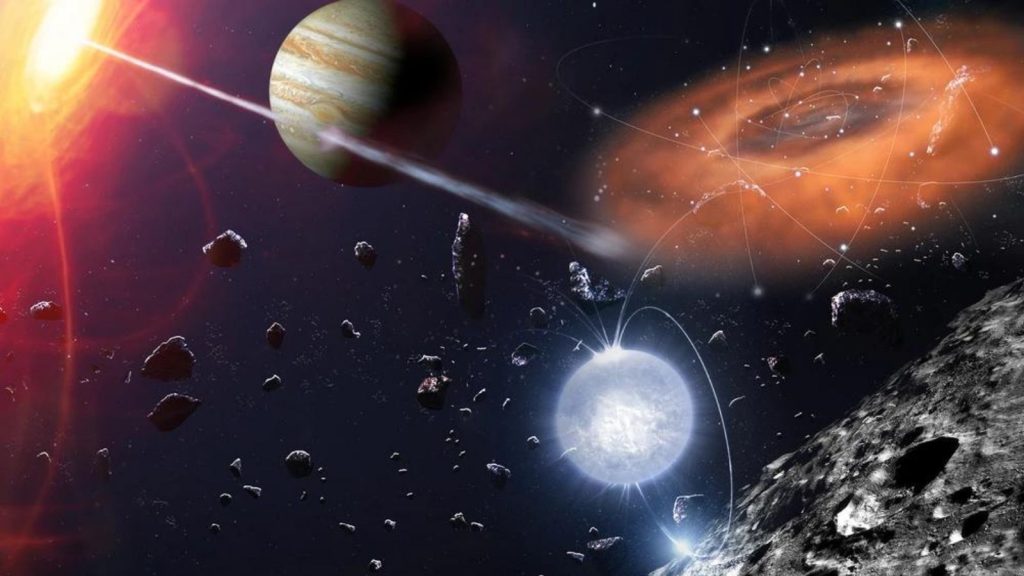**UNREAL UNIVERSE: A Journey Through Cosmic Wonders**

The universe, a vast expanse filled with complexities and marvels, continues to astonish humanity with its cosmic phenomena and celestial bodies that challenge our understanding. Recent advancements in technology, such as NASA’s rovers and the James Webb Telescope, have allowed us to delve deeper into our solar system and beyond, revealing extraordinary worlds that appear almost unreal.
Mars, known as the Red Planet, remains a focal point of exploration, showcasing its unique characteristics shaped by iron oxide. The findings from NASA’s Perseverance rover, particularly within the Jezero Crater, provide critical insights into the planet’s climate and geological history, raising tantalizing questions about its potential to have supported life. The remarkable features of Mars, such as the towering Olympus Mons and the sprawling Valles Marineris, highlight its geological diversity and scale, dwarfing similar structures on Earth.

Moving beyond our planetary neighbor, the Eagle Nebula, located 7,000 light-years away, captivates with its stunning Pillars of Creation, formed by gas and dust eroded by stellar radiation. This active star-forming region serves as an essential site for understanding the lifecycle of stars and the birth of new celestial bodies.
Central to our existence, the Sun, while an ordinary yellow dwarf, plays a crucial role in sustaining life on Earth. Its stability and energy output have remained relatively constant, allowing life to flourish for billions of years. The solar eruptions, although not as dramatic as the phenomena observed in other parts of the universe, can create breathtaking auroras on Earth, linking our world to the cosmic dance of celestial bodies.

The Carina Nebula and black holes like Sagittarius A* remind us of the extremes present in our universe. The Carina Nebula serves as a stellar nursery, where intense energy from newly formed stars shapes the surrounding environment, while black holes, with their mysterious event horizons, challenge our understanding of physics and the nature of reality itself. The first image of a black hole captured by the Event Horizon Telescope marked a significant milestone in astronomy, revealing the complexities of these gravitational giants.
Exoplanets such as Kepler-452b, often dubbed “Earth 2.0,” and Gliese 667 Cc provoke thought about the potential for life beyond our own planet. Positioned within their respective habitable zones, these worlds may harbor conditions favorable to life, sparking imaginations about alien ecosystems that could be vastly different from our own.

The discovery of rogue planets like OTS 44, which wander freely through space, further expands our understanding of planetary systems. These dark and cold worlds, potentially harboring life beneath their surfaces, challenge traditional notions of what constitutes a habitable environment.
As we look towards Jupiter and Saturn, both gas giants serve as guardians of our solar system, with Jupiter’s immense gravity deflecting potential threats from asteroids and comets. Saturn’s iconic rings and its moon Titan, with its methane lakes, embody the diversity and complexity of our cosmic neighborhood.

The Milky Way, our home galaxy, is just one of countless galaxies in the universe, each with its own unique characteristics. The Andromeda Galaxy, set to collide with our own in approximately 4 billion years, serves as a reminder of the dynamic nature of the cosmos.
The ongoing exploration of the cosmos, from the smallest asteroids in the Kuiper Belt to the vast filaments of galaxies woven across the universe, reveals a reality that is both humbling and exhilarating. The mysteries of dark matter and dark energy, making up the bulk of the universe, remain unsolved, driving scientists to seek deeper understanding.

In conclusion, as we traverse this “unreal universe,” we are reminded of our place within it. The cosmic wonders that lie beyond our reach serve not only as subjects of scientific inquiry but also as sources of inspiration, igniting the human spirit to continue exploring the unknown. Until our next voyage into the cosmos, we remain in awe of the beauty and complexity that surrounds us.



